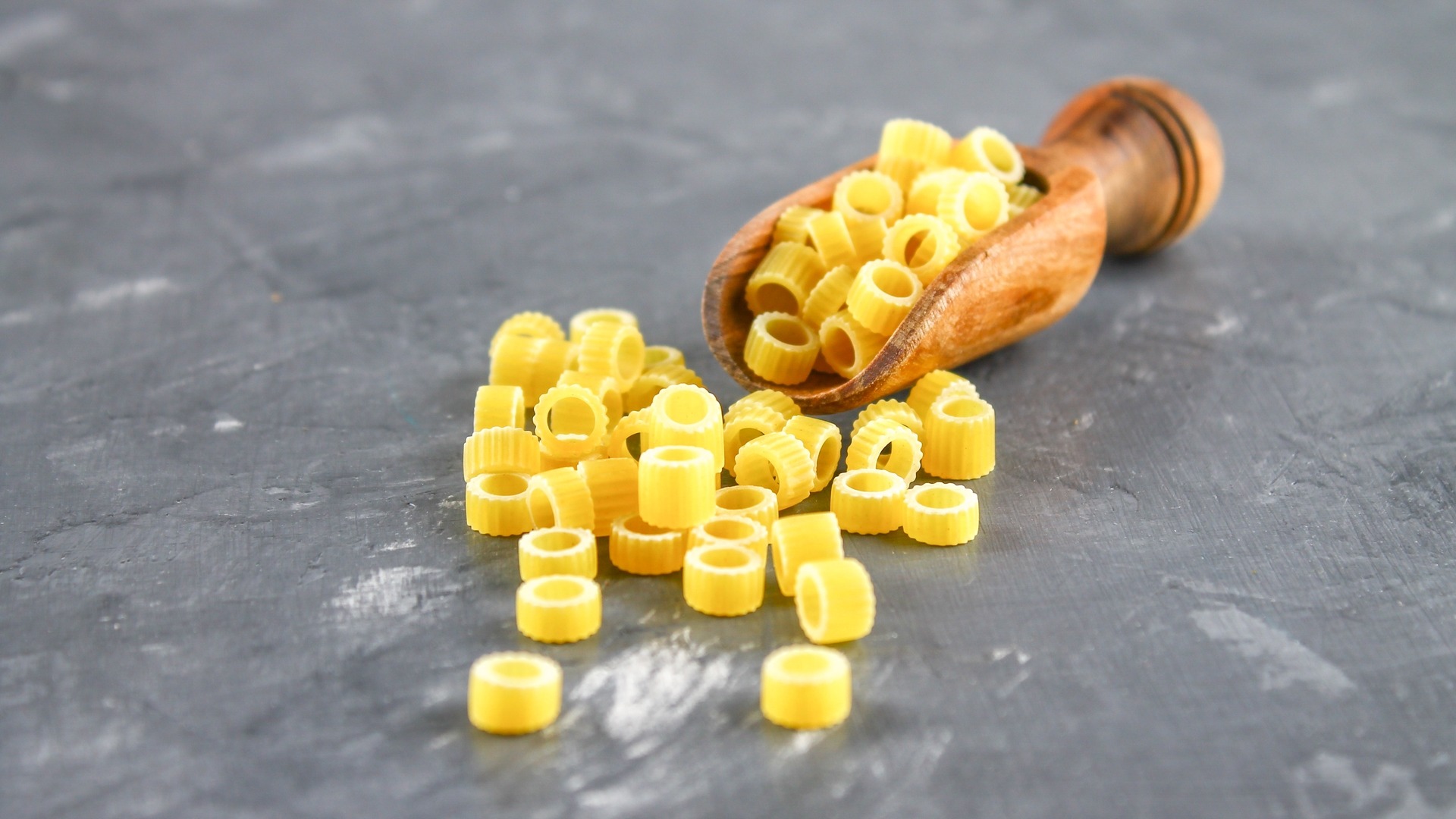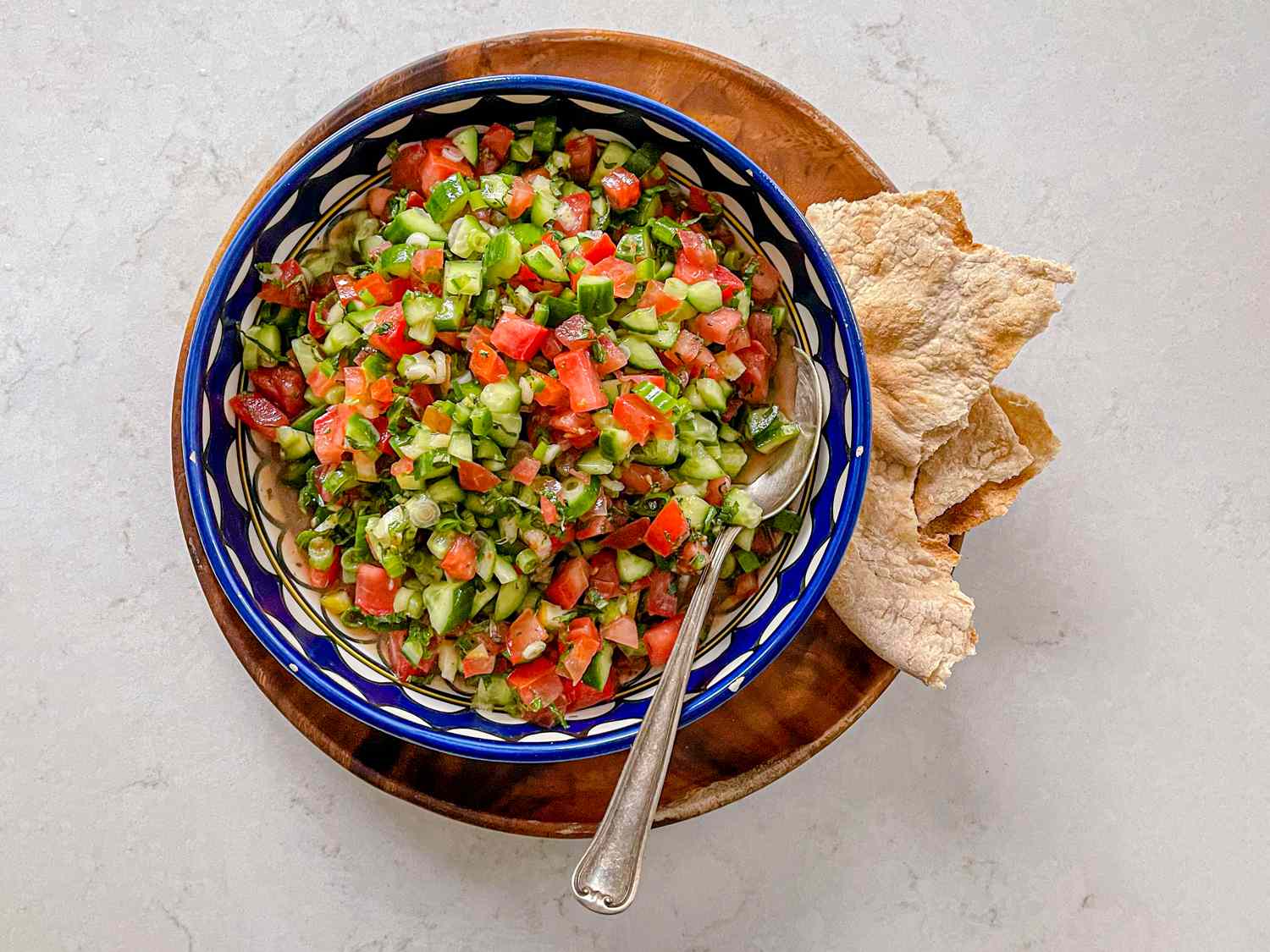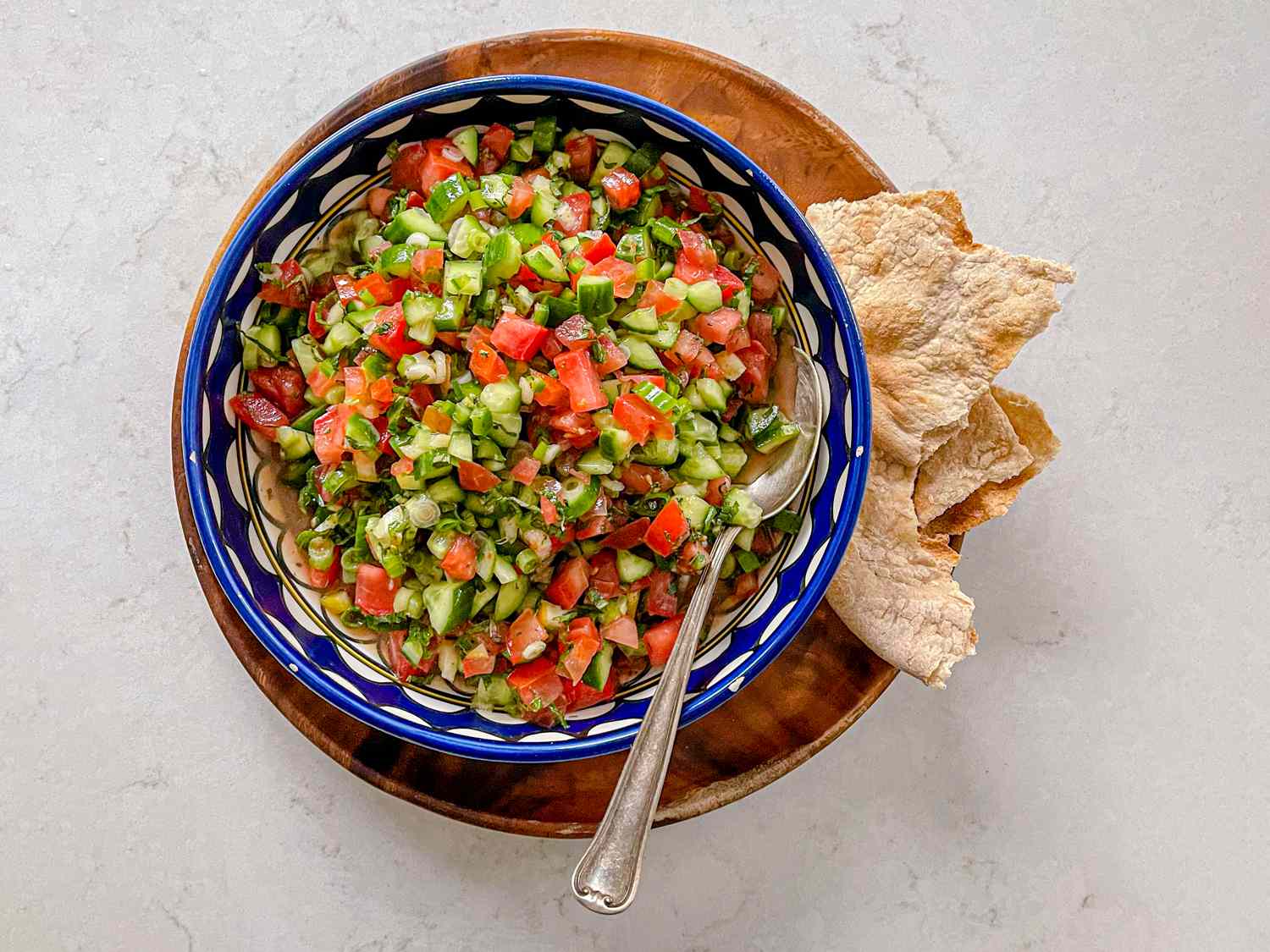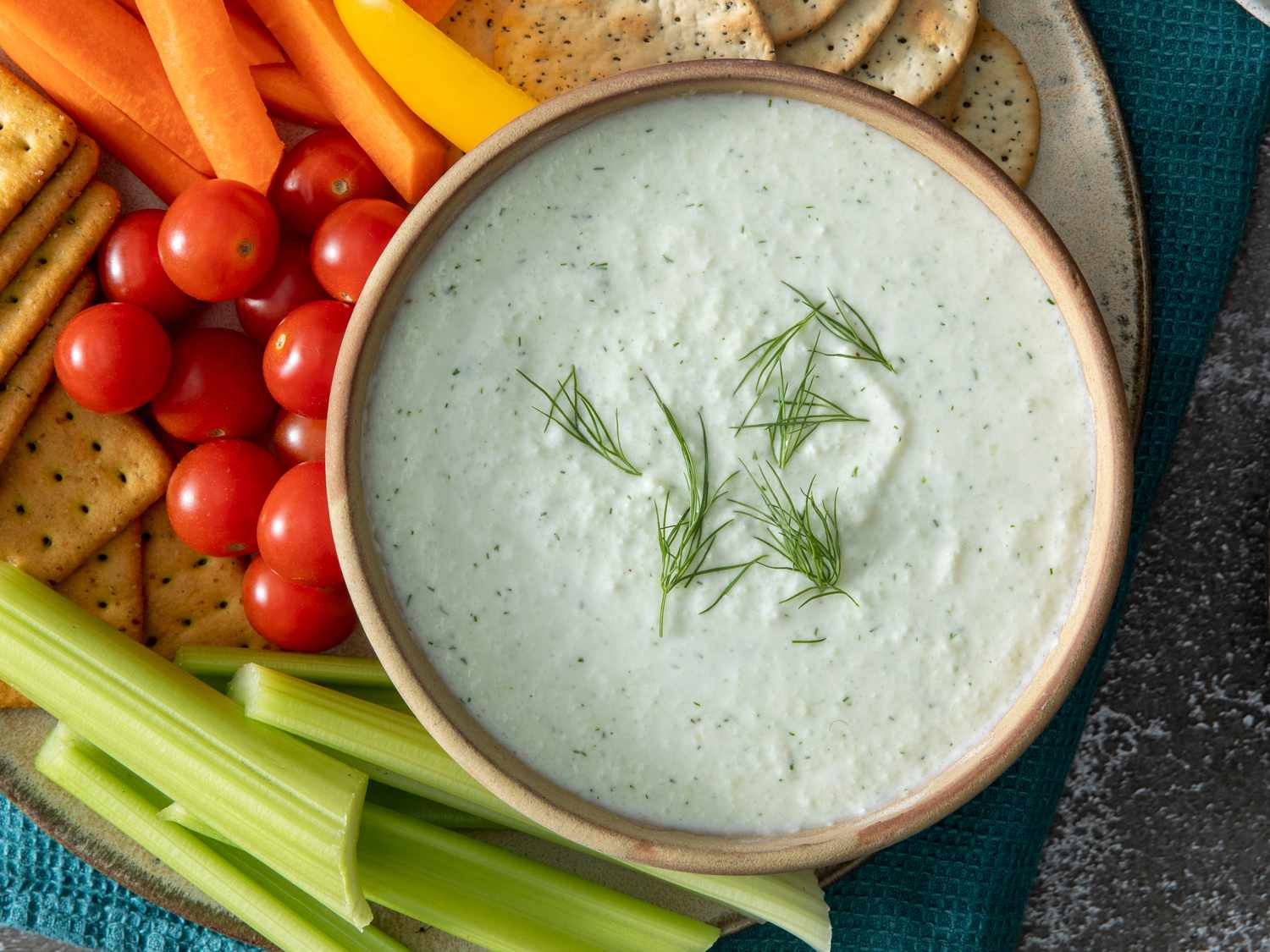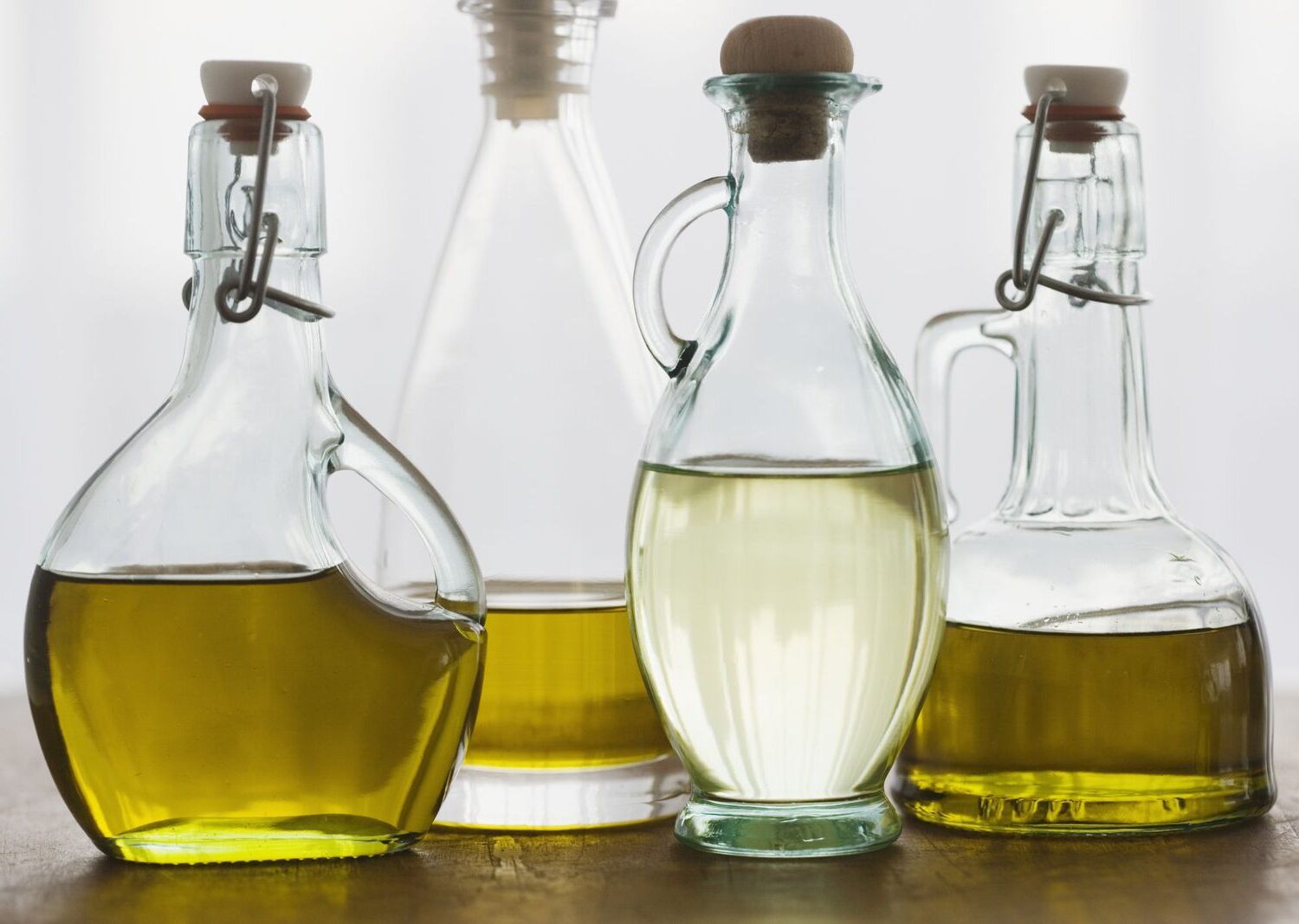Understanding Produce in a Grocery Store
When you walk into a grocery store, you are greeted by a colorful array of fresh fruits and vegetables. This section of the store is known as the produce department. But what exactly is produce, and why is it an important part of the grocery shopping experience?
What is Produce?
Produce refers to the fresh fruits and vegetables that are grown and harvested for consumption. These items are typically found in the fresh food section of the grocery store and are known for their vibrant colors, delicious flavors, and nutritional benefits.
Types of Produce
The produce section of a grocery store is often divided into two main categories: fruits and vegetables. Within these categories, you can find a wide variety of options, including:
- Fruits: Apples, oranges, bananas, berries, grapes, melons, and more.
- Vegetables: Carrots, broccoli, lettuce, tomatoes, cucumbers, peppers, and many others.
Each type of produce offers its own unique set of vitamins, minerals, and antioxidants, making it important to include a diverse range of fruits and vegetables in your diet.
The Importance of Produce
Produce plays a crucial role in maintaining a healthy diet. Fruits and vegetables are rich in essential nutrients that support overall health and well-being. They are also low in calories and high in fiber, making them an excellent choice for those looking to manage their weight.
Additionally, consuming a variety of fruits and vegetables has been linked to a reduced risk of chronic diseases such as heart disease, diabetes, and certain types of cancer. The natural compounds found in produce, such as antioxidants and phytochemicals, contribute to these health benefits.
Choosing Fresh Produce
When shopping for produce, it’s important to select items that are fresh and ripe. Here are a few tips for choosing the best fruits and vegetables:
- Look for vibrant colors: Choose produce that is brightly colored and free from blemishes or bruises.
- Check for firmness: Fruits and vegetables should feel firm to the touch, indicating that they are ripe and ready to eat.
- Smell the produce: Some fruits, such as melons and berries, should have a pleasant aroma, indicating their ripeness.
- Inspect for signs of spoilage: Avoid produce that shows signs of mold, decay, or wilting.
Supporting Local Farmers
Many grocery stores source their produce from local farmers and suppliers. By purchasing fruits and vegetables from the produce department, you are not only supporting your own health but also the local agricultural community. Buying local produce helps to sustain small farms and promotes environmentally friendly farming practices.
In Conclusion
Produce is a vital component of the grocery shopping experience, offering a wide range of health benefits and culinary possibilities. By incorporating a colorful variety of fruits and vegetables into your diet, you can enjoy delicious flavors while nourishing your body with essential nutrients.
Next time you visit the grocery store, take a stroll through the produce department and explore the abundance of fresh, vibrant options available. Your body and taste buds will thank you!
Was this page helpful?
Read Next: What Is Shrimp With Lobster Sauce?

